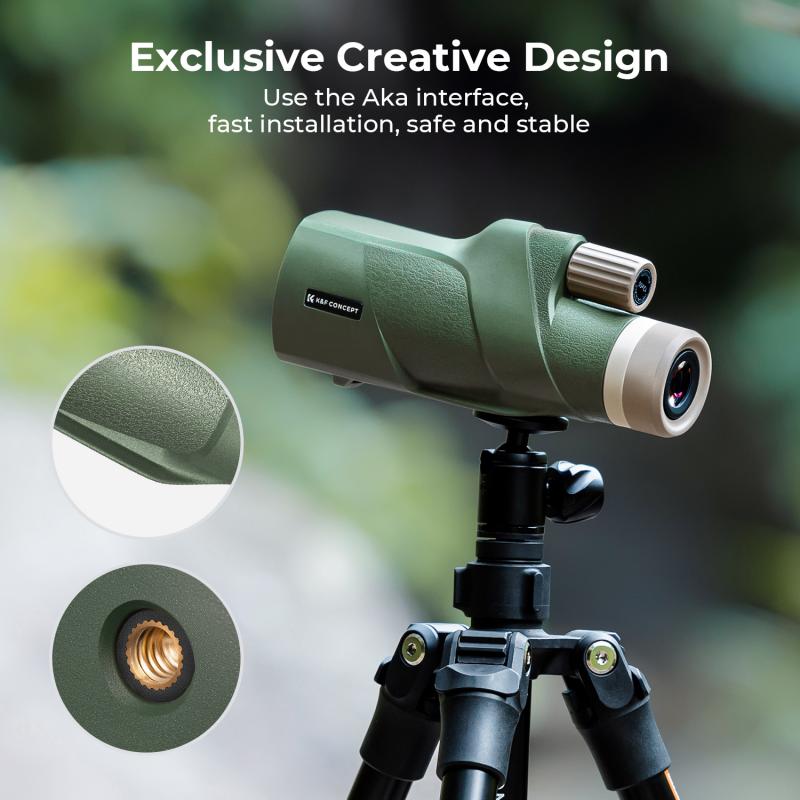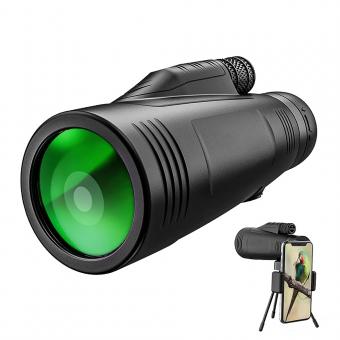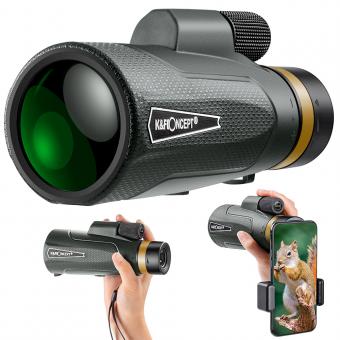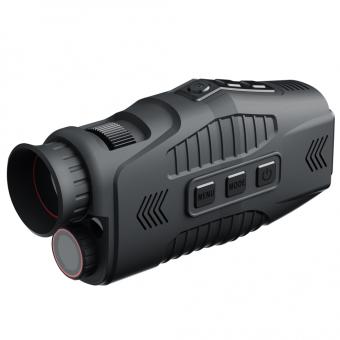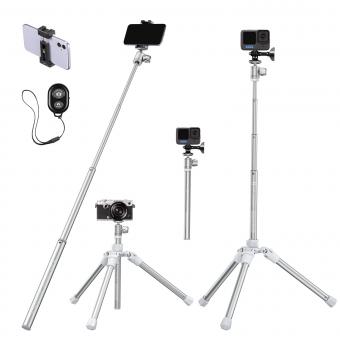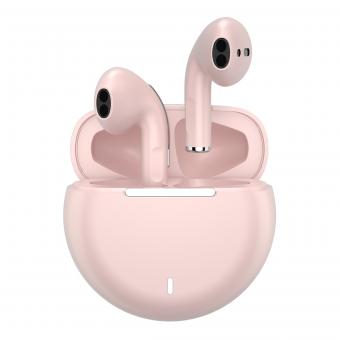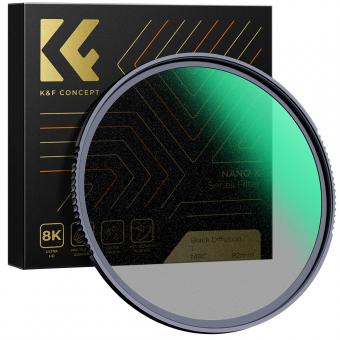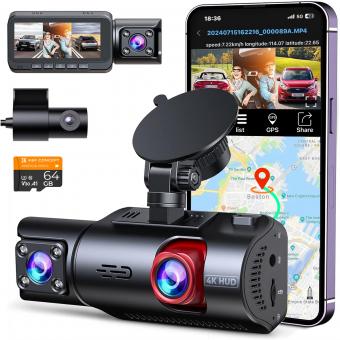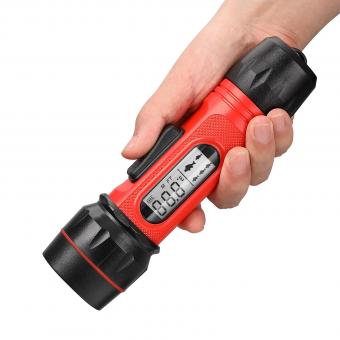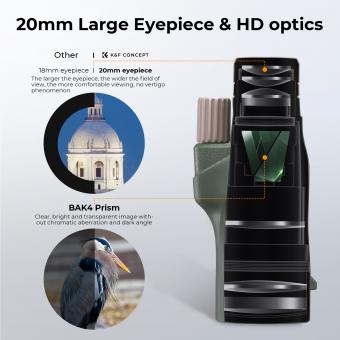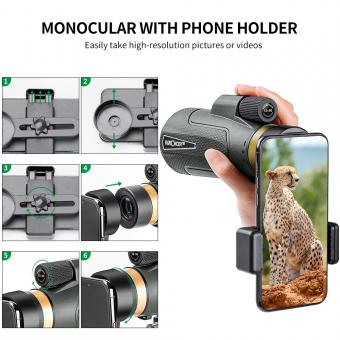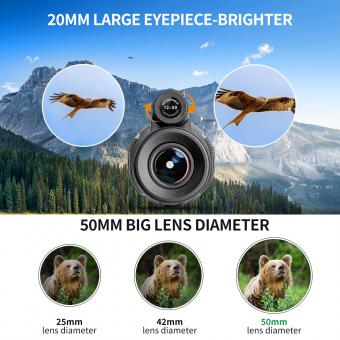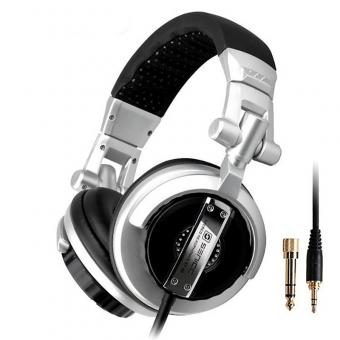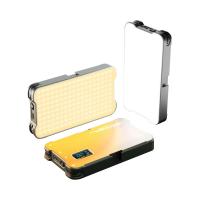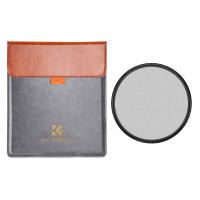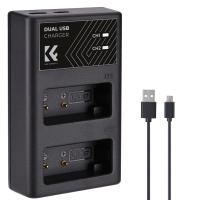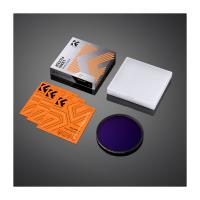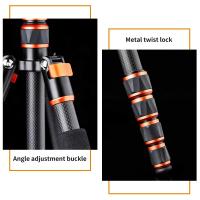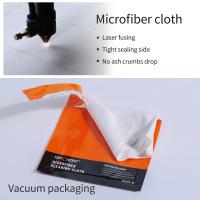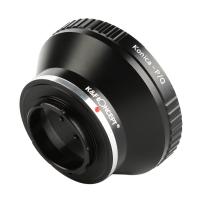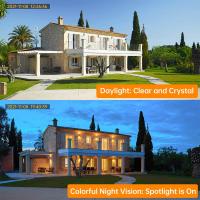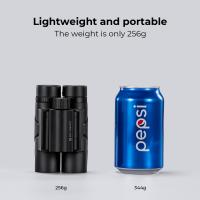What Are Monocular Cues In Psychology ?
Monocular cues in psychology refer to visual cues that can be perceived with one eye. These cues provide depth and distance information to the brain, allowing us to perceive the three-dimensional world around us. Some examples of monocular cues include relative size, overlap, texture gradient, linear perspective, and motion parallax. These cues help us to judge the size, distance, and position of objects in our environment, even when we only have one eye open or when viewing a two-dimensional image. Monocular cues are an important aspect of visual perception and play a crucial role in our ability to navigate and interact with the world.
1、 Relative size: Perception of depth based on object size.
Monocular cues in psychology refer to visual cues that help us perceive depth and distance using only one eye. These cues provide important information about the relative size, shape, and position of objects in our environment. One of the monocular cues is relative size, which is the perception of depth based on object size.
Relative size is the concept that objects that are closer to us appear larger, while objects that are farther away appear smaller. This cue allows us to judge the distance between objects and determine their position in relation to each other. For example, if we see two people standing side by side, we can use relative size to determine which person is closer to us based on their size.
However, it is important to note that the perception of relative size can be influenced by other factors such as distance, lighting conditions, and the size of the objects themselves. Recent research in the field of psychology suggests that our perception of relative size is not solely based on the size of the objects, but also on our prior knowledge and experience. For instance, if we are familiar with the size of certain objects, we may use that knowledge to make more accurate judgments about their relative size and distance.
In conclusion, relative size is a monocular cue in psychology that helps us perceive depth and distance based on the size of objects. While it is an important cue, our perception of relative size is influenced by various factors and can be enhanced by our prior knowledge and experience.

2、 Interposition: Objects that block others are perceived as closer.
Monocular cues in psychology refer to visual cues that help us perceive depth and distance using only one eye. These cues are essential for our ability to navigate and interact with our environment accurately. One important monocular cue is interposition, which refers to the concept that objects that block others are perceived as closer.
Interposition occurs when one object partially obstructs the view of another object. Our brain interprets this obstruction as a cue that the obstructing object is closer to us than the object being blocked. This cue helps us understand the relative positions and distances between objects in our visual field.
However, it is important to note that the perception of interposition as a monocular cue is not solely based on the obstruction itself. Other depth cues, such as size, shape, and texture, also play a role in our perception of interposition. For example, if a smaller object is obstructing a larger object, we may perceive the smaller object as closer, even if it does not completely block the larger object.
It is worth mentioning that while interposition is a valuable monocular cue, it is not the only cue we rely on for depth perception. Other monocular cues include relative size, linear perspective, texture gradient, and motion parallax, among others. Additionally, binocular cues, which involve the use of both eyes, also contribute significantly to our perception of depth.
In recent years, advancements in technology and research have allowed for a deeper understanding of monocular cues and their role in depth perception. Virtual reality and augmented reality technologies, for instance, have provided researchers with new tools to study and manipulate these cues, leading to further insights into how our brain processes visual information.
In conclusion, interposition is a monocular cue in psychology that helps us perceive depth and distance. It involves the perception that objects that block others are closer. However, it is important to consider other monocular and binocular cues, as well as the latest research findings, to gain a comprehensive understanding of depth perception.
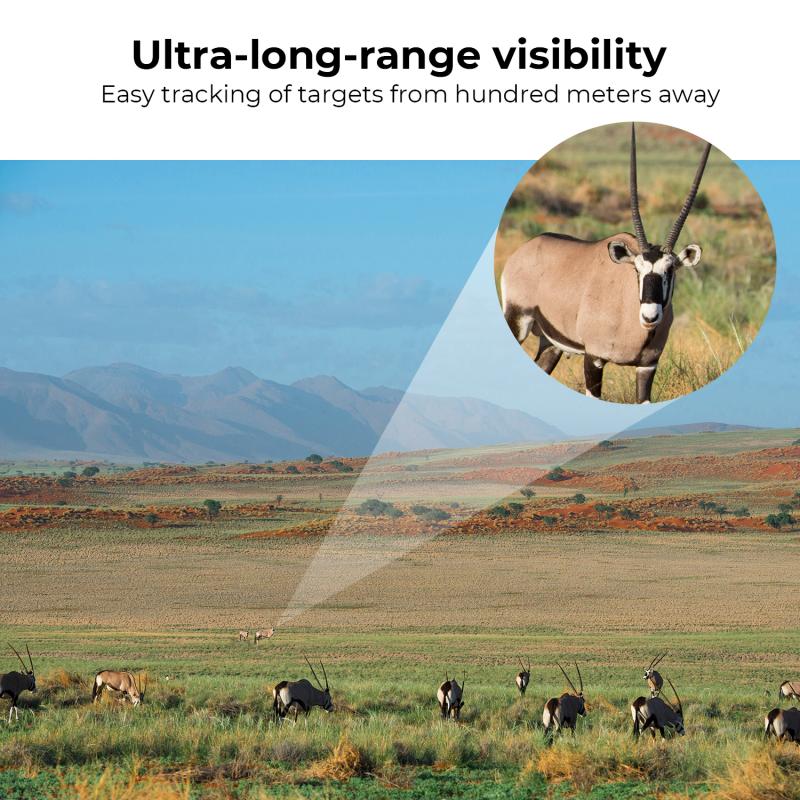
3、 Linear perspective: Parallel lines converge in the distance.
Monocular cues in psychology refer to visual cues that allow individuals to perceive depth and distance using only one eye. These cues provide important information to the brain, helping it to interpret the three-dimensional world accurately. One of the monocular cues is linear perspective, which involves the perception that parallel lines converge in the distance.
Linear perspective is a powerful cue that helps individuals gauge the relative distance of objects in their visual field. When looking at a scene, parallel lines, such as railroad tracks or the edges of buildings, appear to converge as they extend into the distance. This convergence creates a sense of depth and distance, allowing individuals to perceive objects as being farther away when the lines converge more sharply.
This monocular cue is based on the concept that as objects move farther away from the viewer, they appear smaller and closer together. The brain uses this information to interpret the scene and create a sense of depth. Linear perspective is particularly useful when viewing two-dimensional images or paintings, as it helps to create the illusion of a three-dimensional space.
It is important to note that while linear perspective is a powerful monocular cue, it is not the only cue used by the brain to perceive depth. Other monocular cues include relative size, where objects that are closer appear larger, and texture gradient, where objects appear to have more detail when they are closer. Additionally, binocular cues, which involve the use of both eyes, also play a significant role in depth perception.
In recent years, research in psychology has focused on understanding how the brain processes and integrates different monocular and binocular cues to create a coherent perception of depth. Advances in technology, such as virtual reality, have allowed researchers to study depth perception in more controlled environments, leading to a deeper understanding of how monocular cues contribute to our perception of the world around us.
In conclusion, linear perspective is a monocular cue in psychology that involves the perception of parallel lines converging in the distance. This cue helps individuals perceive depth and distance, allowing them to interpret the three-dimensional world accurately. While linear perspective is a powerful cue, it is just one of many cues that the brain uses to create a sense of depth. Ongoing research in psychology continues to shed light on the complex processes involved in depth perception and how different cues are integrated by the brain.
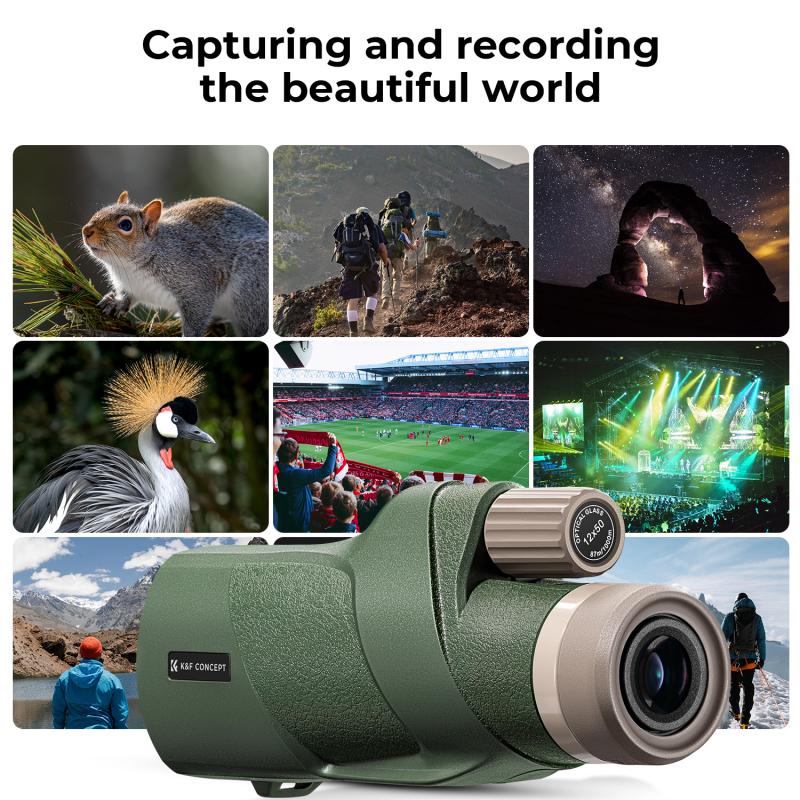
4、 Texture gradient: Details become less distinct with increasing distance.
Monocular cues in psychology refer to visual cues that allow individuals to perceive depth and distance using only one eye. These cues are essential for our perception of the three-dimensional world around us. One important monocular cue is texture gradient.
Texture gradient refers to the change in the appearance of a texture as it extends into the distance. As objects move further away, the details of their texture become less distinct. This occurs because the elements of the texture appear smaller and more densely packed as they recede into the distance. For example, imagine looking at a field of grass. The individual blades of grass are clearly visible up close, but as the field extends into the distance, the blades become less distinguishable, and the texture appears more uniform.
Texture gradient is a powerful monocular cue that helps us perceive depth and distance. It provides information about the relative position of objects in the visual field. By analyzing the changes in texture, our brain can estimate the distance between objects and ourselves.
It is important to note that while texture gradient is a valuable monocular cue, it is not the only cue we rely on for depth perception. Other monocular cues include relative size, interposition, linear perspective, and motion parallax, among others. Additionally, binocular cues, which rely on the input from both eyes, also play a significant role in depth perception.
Recent research in the field of psychology has focused on understanding how monocular cues, including texture gradient, are processed in the brain. Neuroscientists have used advanced imaging techniques, such as functional magnetic resonance imaging (fMRI), to study the neural mechanisms involved in depth perception. These studies have provided insights into the specific brain regions and neural pathways that are responsible for processing monocular cues.
In conclusion, texture gradient is a monocular cue in psychology that allows us to perceive depth and distance. It refers to the change in the appearance of texture as objects recede into the distance, with details becoming less distinct. While texture gradient is an important cue, it is just one of many cues that contribute to our perception of depth. Ongoing research continues to shed light on the neural processes underlying monocular depth cues, enhancing our understanding of how we perceive the world around us.
